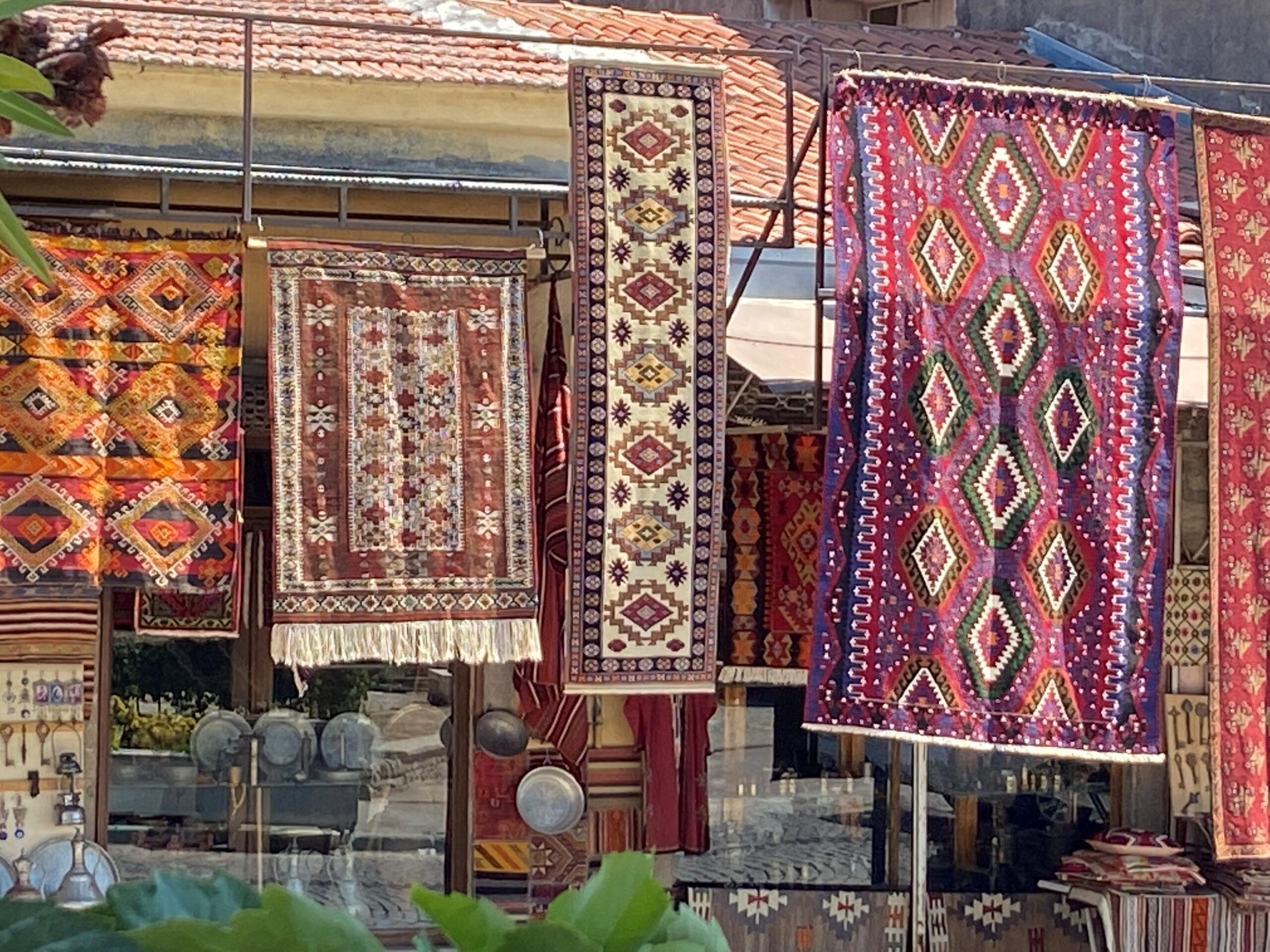
15 Sep Four Best Practices to Increase Your Q4 Sales
Last month, I spent two weeks in Istanbul and Izmir, Turkey. Each time, I travel to the Middle East, I always spend 2-3 afternoons visiting local merchants who sell handmade rugs, textiles, ceramics, glass, and leather goods in shops located in the grand bazaars of the cities I visit.
Why? I want to purchase high-quality artisan products at attractive prices. Better yet, I get to experience first-hand great sales skills. Each time I visit these shops, I’m reminded of the importance of fundamental selling skills that create sales regardless of whether you’re selling in the Middle East, Asia, Europe, or North and South America.
1. Clearly define and qualify your target customer. The real question here is who has the potential to be a profitable customer who will buy again and again? Which customer segments merit your time, energy, and marketing and sales resources? Most of the Middle Eastern merchants I meet focus on well-healed foreigners, and they quickly move to qualify these foreigners. They do this deftly without missing a step. They use simple conversational questions to ascertain purchase likelihood. In a matter of only 3-4 minutes, they know which customers deserve special treatment and extra time.
Upshot: Most organizations use segmentation to define target customers. They use brand personas each with unique buying motivations. Below are some considerations:
- When was the last time your segmentation model?
- Does the model prioritize segments by profitability, purchase volume, and competitor preference?
- Does your model include qualification methodologies?
2. Craft your story. The real question here is how compelling is your story? Why is it compelling and engaging to customer prospects? The merchants I meet are expert storytellers. They know how to pull prospects into the story so they can begin “setting the hook” by using colorful, detail-filled narratives. Often these stories focus on where are they made and the artisans behind the products.
Upshot: Every enterprise has a story to tell. The most memorable and compelling stories are simple and include some sort of drama (e.g., could be solving a tough problem, a surprising set of facts, etc.) Below are some considerations:
- Have you ever asked existing customers and prospects what they think of your story?
- What’s memorable and surprising to them?
- What are they likely to share with other prospects?
3. Spotlight your unique features and benefits. The operative word here is unique. In a world of increasing commoditization, how can you make common features and benefits seem special? The merchants I visit start by talking about the products, how the products are made, and the processes behind the products. They immediately tie features to benefits that they know will resonate with their target customer segments. They often end by comparing their features and benefits to competitors. Often, this involves a discussion of why their organization is more reputable and has received more commendations than competitors.
Upshot: Most businesses have features and benefits messaging; however, it’s not always delivered in the most compelling way. Below are some considerations:
- How is your messaging integrated into your segmentation model?
- How are the message points prioritized for each key segment?
- What is the evidence behind each feature and benefit that is most compelling to the segment?
- What is your enterprise’s reputation?
4. Create urgency to close. Why should the customer buy now? Most merchants know that the minute I set foot outside their store, they’ve lost me as a customer. Always their closes reiterate key elements of the story and reminders about unique features and benefits that solve problems. Often, they bundle incentives like free shipping, tax avoidance, discounts for future purchases, or offer other free products. In this regard, they’re an in-person version of a direct response TV ad.
Upshot: Urgency to close is challenging in any business. The trick is coming up with meaningful and credible rationales for buying now. Below are some considerations:
- What’s the close rate and time to close for your sales team?
- How does this compare with industry standards?
- What reasons to buy now are most compelling for each customer segment and why?
- What direct response marketing best practices can you adapt for your business?
For more information, contact Mike Reiber at mreiber@axiomcom.com





No Comments